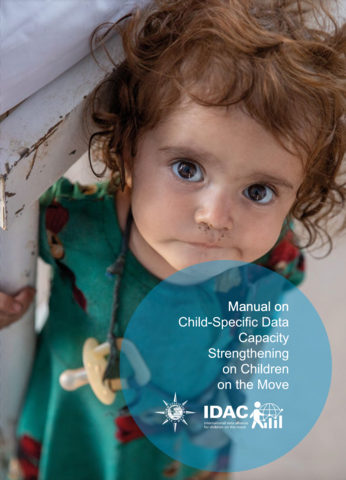This manual aims to help countries and their national statistical systems to improve the collection, analysis, sharing and use of data on children on the move. It provides analytical guidance to national statistical authorities and relevant actors on how to acquire or enhance the appropriate capacity to collect data on migrant and displaced children, in compliance with the United Nations’ Fundamental Principles of Official Statistics.
It also shares several country experiences regarding migration data flows and official statistics. Reliable data and official statistics are key to developing successful policy strategies. Data that can be disaggregated allow for non-obvious trends to be identified, highlight the visibility of vulnerable groups and assist policymakers and stakeholders in their evaluations of measures taken by the State. As a group, children have special characteristics that place them at elevated risk to certain vulnerabilities and dangers compared to other groups.
Their age and often limited or non-existent legal capacity generally means that they lack the ability to make legally binding decisions for themselves and decisions are made by their parents or appointed guardians. The need to protect children is even more dire in the case of those who have migrated or been displaced, or what we call ‘children on the move’.

